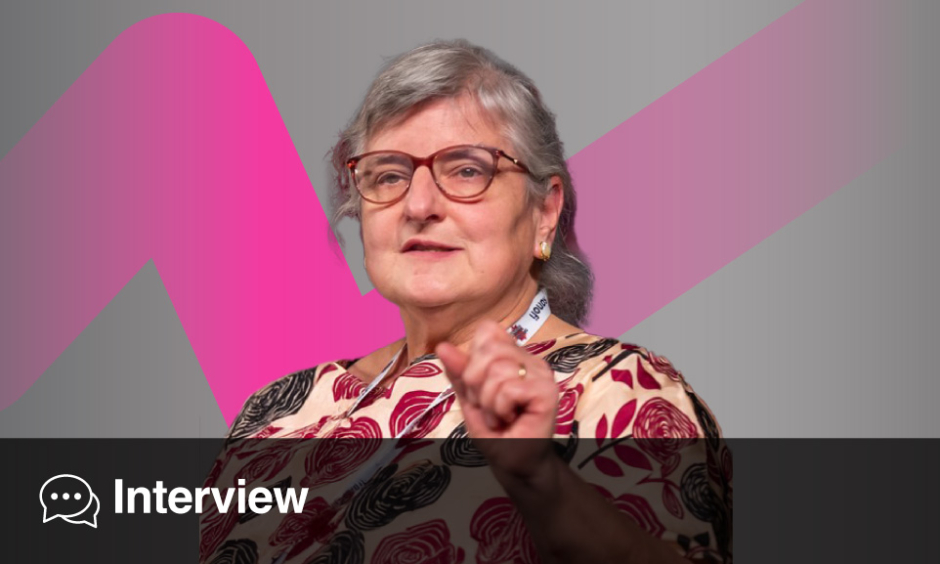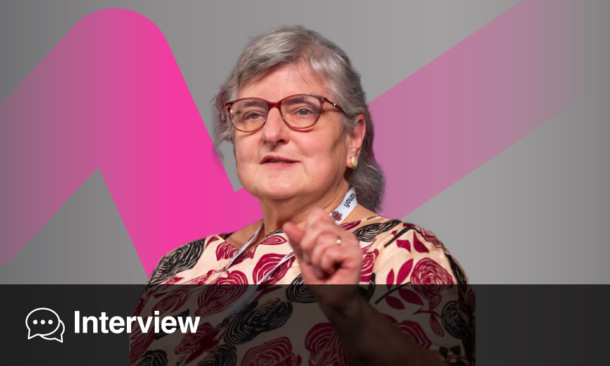A PERSONALLY tailored intervention delivered through a chatbot significantly increased seasonal influenza vaccination (SIV) rates among older adults. Data from the Centers for Disease Control and and Prevention (CDC) indicate that since February 25, 2023, only 53% of Medicare fee-for-service beneficiaries aged 65 and older had received the influenza vaccine.
Recognising the pressing need to enhance SIV rates in this age group, Zixin Wang, School of Public Health, Prince of Wales Hospital, Hong Kong, and colleagues conducted a randomised trial comparing the efficacy of a chatbot-delivered, stage of change (SOC)-tailored online intervention versus a non-SOC-tailored online intervention.
A fundamental element within the transtheoretical model, the SOC is a metric indicating an individual’s preparedness for making behavioural adjustments. As per the transtheoretical model framework, distinct health promotion tactics are recommended for individuals at various stages of SOC. While previous studies have demonstrated the superiority of this tailored approach over non-SOC-tailored interventions, there is a lack of research that has applied it to enhance SIV uptake, at least to the best of the researchers’ knowledge.
Within the intervention group, comprising 198 participants, a chatbot initially evaluated each participant’s SOC concerning their willingness to receive the SIV. Subsequently, the chatbot dispatched SOC-specific online health promotion videos via either WhatsApp or Meta, biweekly, totalling four sessions per participant.
The control group, also made up of 198 individuals, was exposed to the same digital approach, but received generalised information regarding SIV. On average, the participants had a mean age of 72 years, and were approximately 62.9% female.
The researchers observed a significant increase in SIV uptake within the intervention group (50.5%) compared to the control group (35.3%) at the 6-month mark (relative risk: 1.43; 95% confidence interval: 1.13–1.80).
Furthermore, the intervention group exhibited a higher mean SOC score in contrast to the control group (2.8 versus 2.4). Notably, a greater percentage of intervention participants completed at least one session compared to their counterparts in the control group (77.3% versus 62.6%). Wang and colleagues pointed out several potential factors contributing to the enhanced SIV uptake within the intervention group.
The authors concluded that this intervention may be a sustainable new method for increasing SIV uptake for this population.








